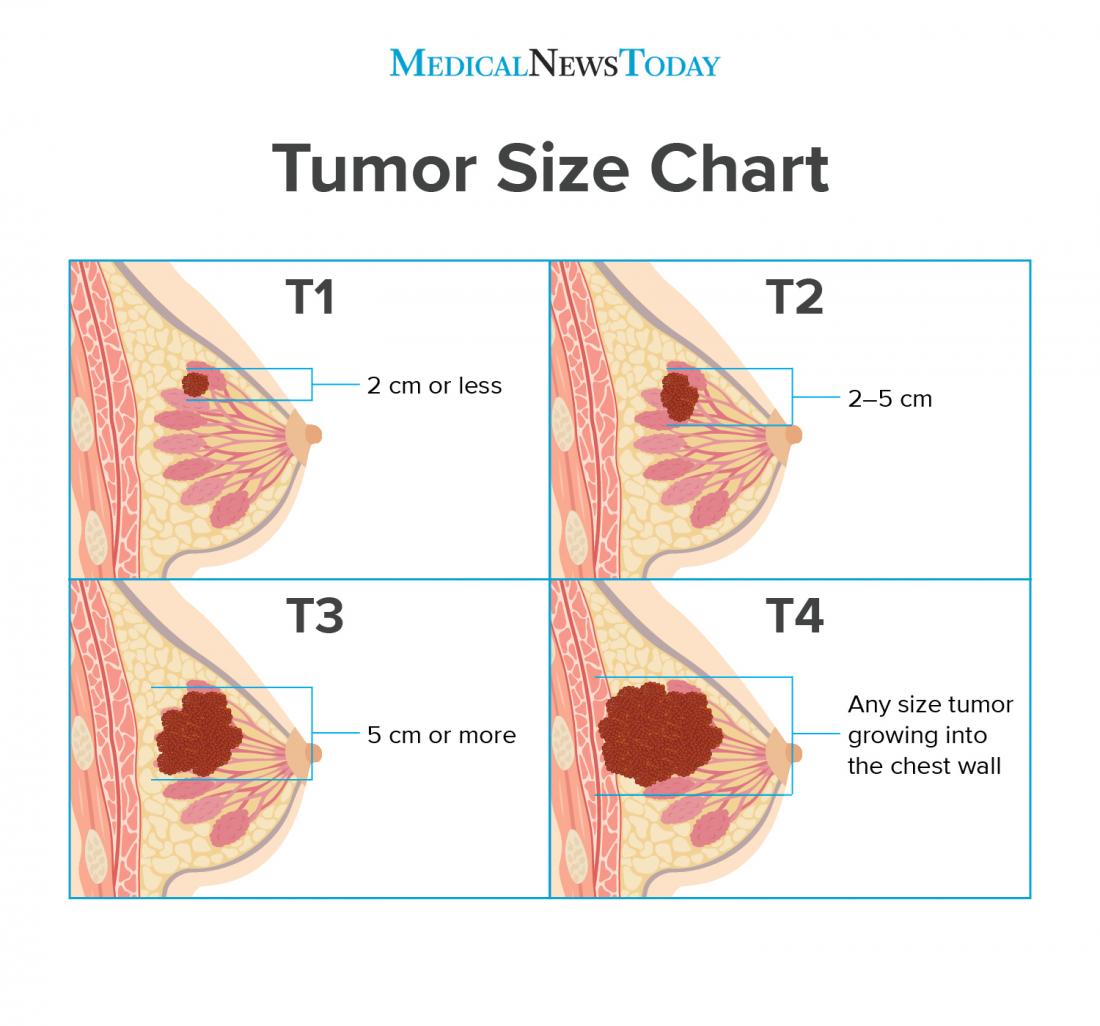
Perturbações no ambiente fetal predispõem indivíduos a doenças que se tornam aparentes durante a adultez. Estas descobertas sugeriram aos pesquisadores de que a exposição fetal a estrogênios ambientais pudesse desempenhar um papel no aumento, nos últimos 50 anos, da incidência de cânceres de mama observados tanto na população da Europa como na dos EUA. Há uma ampla exposição humana ao bisfenol A/BPA, um composto estrogênico, que lixivia dos materiais odontológicos, resinas plásticas e de outros produtos de consumo diário.
Ana M. Soto, Laura N. Vandenberg, Maricel V. Maffini e Carlos Sonnenschein,
Department of Anatomy and Cellular Biology, Tufts University School of Medicine, Boston, MA, USA. Author for correspondence: Ana M. Soto, Department of Anatomy and Cellular Biology, Tufts University School of Medicine, 136 Harrison Ave., Boston, MA 02111, USA (fax +1 617-636-3971, Email: [email protected])
http://www.ncbi.nlm.nih.gov/pmc/articles/PMC2817934/
09 de fevereiro de 2010
Em animais de laboratório a exposição prenatal de bisfenol A, a níveis ambientais relevantes, induz alterações na arquitetura da glândula mamária. O BPA aumentou o número de gemas finais do terminal na puberdade, os finais do terminal aos 6 meses e aumentada a ramificação ductal lateral aos 4 meses (nt.: para melhor compreensão destas estruturas, ver o link: http://www.ncbi.nlm.nih.gov/pmc/articles/PMC2817934/figure/F3, além de outros abaixo). Também ratas expostas mostraram uma acentuada sensibilidade ao estradiol quando ovariectomizadas antes da puberdade. Todos estes parâmetros estão associados, da mesma forma, aos seres humanos com o aumento do risco para o desenvolvimento de câncer de mama. Para verificar se o BPA induz neoplasia na glândula mamária, nós escolhemos o modelo ratazana (nt.: Rattus novergicus) porque está mais próximo no sentido de mimetizar as doenças humanas se comparado ao outro modelo, o do rato (nt.: Rattus rattus). Exames das glândulas mamárias de ratazanas do tipo Wistar/Furth, durante a adultez precoce, revelou que a exposição gestacional ao BPA induz o desenvolvimento de lesões pré-neoplásicas e carcinoma in situna ausência de qualquer tratamento adicional que levasse ao desenvolvimento do tumor. Dados epidemiológicos emergentes revelam um aumento na incidência de câncer de mama em mulheres expostas ao dietilestilbestrol durante a gestação. Assim, tanto os experimentos com animais como dados epidemiológicos fortalecem a hipótese de que a exposição fetal a xenoestrogênios podem ser a causa subjacente do aumento da incidência de câncer de mama observada nos últimos 50 anos.
O complexo campo dos disruptores endócrinos.

Fig. 1 Parâmetros morfométricos na glândula mamária de ratas ovariectomizadas púberes demonstram curvas não monotônicas dose resposta ao estradiol (nt.: http://www.ncbi.nlm.nih.gov/pmc/articles/PMC2817934/figure/F1/).
Origem fetal de doenças em adultos.
Estudos epidemiológicos revelaram que perturbações no ambiente fetal, com má nutrição materna, causa doenças e/ou disfunções de órgãos, incluindo doenças do coração, derrames, diabetes e hipertensão que se tornam-se aparentes na adultez [13]. Recentemente, cientistas criaram a hipótese de que a exposição a agentes hormonalmente ativos pode levar também a alterações no desenvolvimento de um feto. Foi a alta sensibilidade a hormônios tanto endógenos como exógenos pelo organismo em desenvolvimento que levou o Dr. Howard Bern a cunhar o termo ‘frágil feto’ [14].
O Bisfenol A.

Fig. 2 As estruturas químicas do bisfenol A (BPA), dietilestilbestrol (DES) e estradiol. As estruturas do BPA e do DES são mais similares um ao outro do que são ao endógeno estradiol, indicando que químicos com estruturas variáveis são capazes de se ligare ao receptor do estrogênio (nt.: http://www.ncbi.nlm.nih.gov/pmc/articles/PMC2817934/figure/F2/).
O desenvolvimento da glândula mamárioa da rata e a expressão do receptor do estrogênio.

Fig. 3 Aparência da glândula mamária no 18° dia de embrião (nt.: VER DETALHES DAS IMAGENS NO LINK: http://www.ncbi.nlm.nih.gov/pmc/articles/PMC2817934/figure/F3/).
A exposição perinatal ao bisfenol A altera o desenvolvimento da glândula mamária.

Fig. 4Exposição in utero ao bisfenol A (BPA) altera a organização dos tecidos na glândula mamária em vários períodos distintos do desenvolvimento (nt.: http://www.ncbi.nlm.nih.gov/pmc/articles/PMC2817934/figure/F4/).

Fig. 5 Exposição perinatal de bisfenol A (BPA) altera a sensibilidade da glândula mamária ao estradiol na puberdade (nt.: http://www.ncbi.nlm.nih.gov/pmc/articles/PMC2817934/figure/F5/).
Os estudos com o bisfenol A indicam de que o câncer de mama pode se originar no útero?

